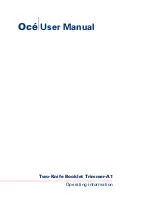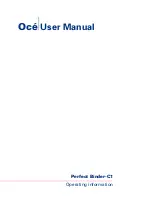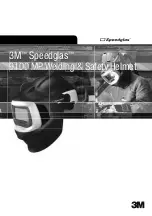
Safety instructions
4
Hauser
1
Safety instructions
1.1
Designated use
The oxygen sensor is suitable for continuous measurement of dissolved oxygen in water.
The specific suitability depends on the sensor design:
• COS22-1 (standard, measuring range 0.01 to 60 mg/l)
– Measuring, monitoring and regulating the oxygen content in fermenters
– Monitoring the oxygen content in biotechnology facilities
• COS22-3 (trace measurement, measuring range 0.001 to 10 mg/l, preferred operational range
0.001 to 2 mg/l), also suitable for high CO
2
partial pressure
– Monitoring inertization equipment in the food industry
– Monitoring the residual oxygen content in carbonated fluids of the beverage industry
– Trace measurement in industrial applications such as inertizations
– Monitoring the residual oxygen content in boiler feedwater
– Monitoring, measuring and regulating the oxygen content in chemical processes
NOTICE
Molecular hydrogen
Hydrogen causes sensitivity in other substances and leads to false low readings or, at the worst, total
failure of the sensor.
►
Do not use the sensor in media containing hydrogen.
Any other use than the one described here compromises the safety of persons and the entire measuring
system and is not permitted.
The manufacturer is not liable for damage caused by improper or non-designated use.
1.2
Installation, commissioning and operation
Please note the following items:
• Installation, commissioning, operation and maintenance of the measuring system must only be
carried out by trained technical personnel.
Trained personnel must be authorized for the specified activities by the system operator.
• Electrical connection must only be carried out by a certified electrician.
• Technical personnel must have read and understood these Operating Instructions and must adhere
to them.
• Before commissioning the entire measuring point, check all the connections. Ensure that electrical
cables and hose connections are not damaged.
• Do not operate damaged products and secure them against unintentional commissioning. Mark the
damaged product as being defective.
• Measuring point faults may only be rectified by authorized and specially trained personnel.
• If faults can not be rectified, the products must be taken out of service and secured against
unintentional commissioning.
• Repairs not described in these Operating Instructions may only be carried out at the manufacturer’s
or by the service organization.





































